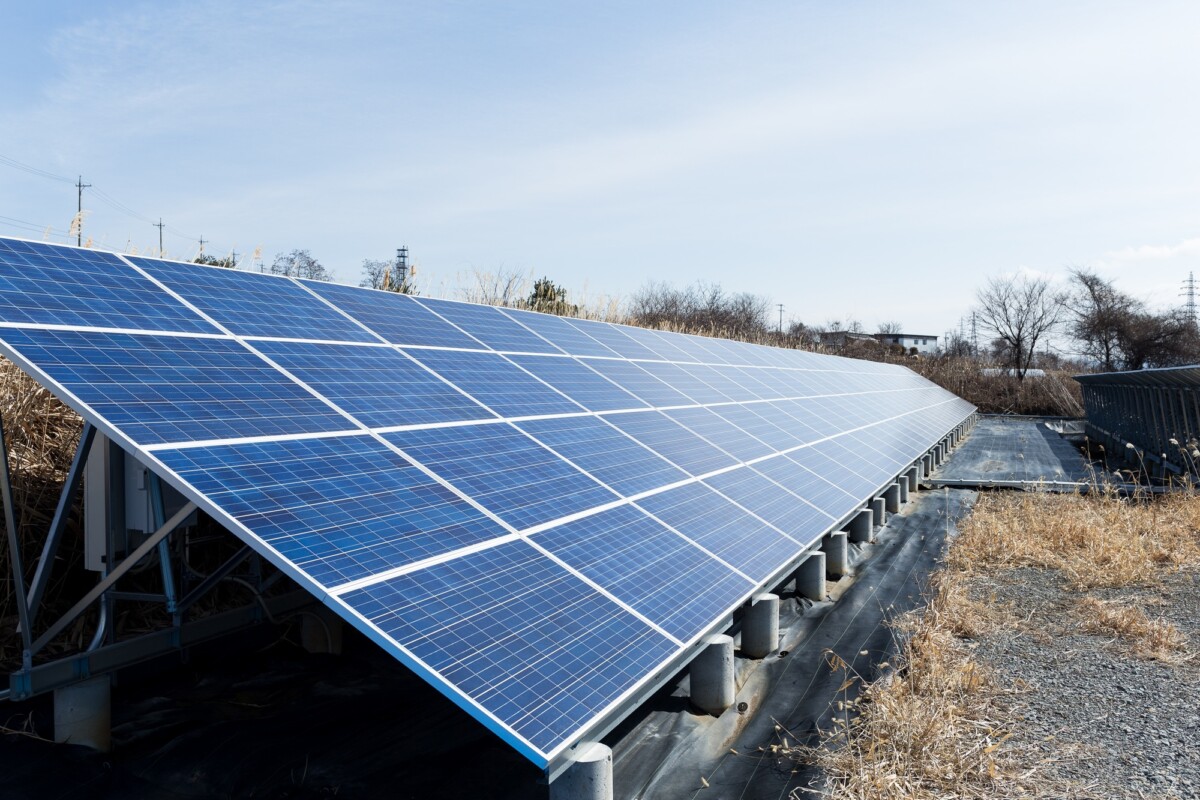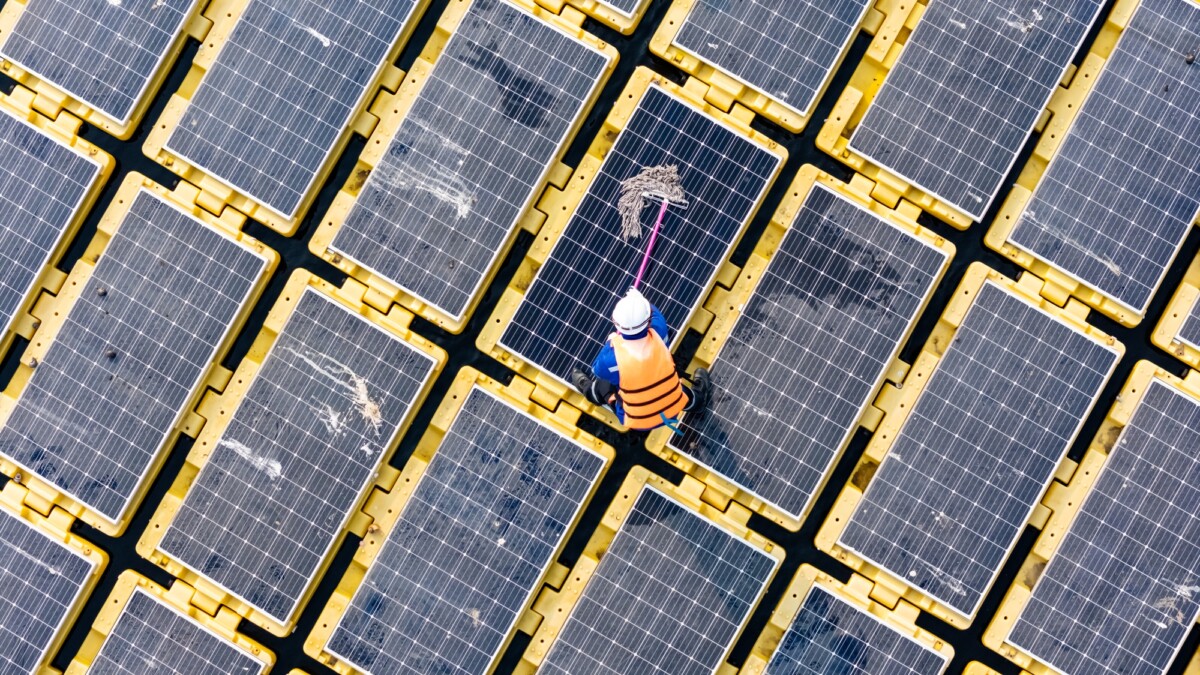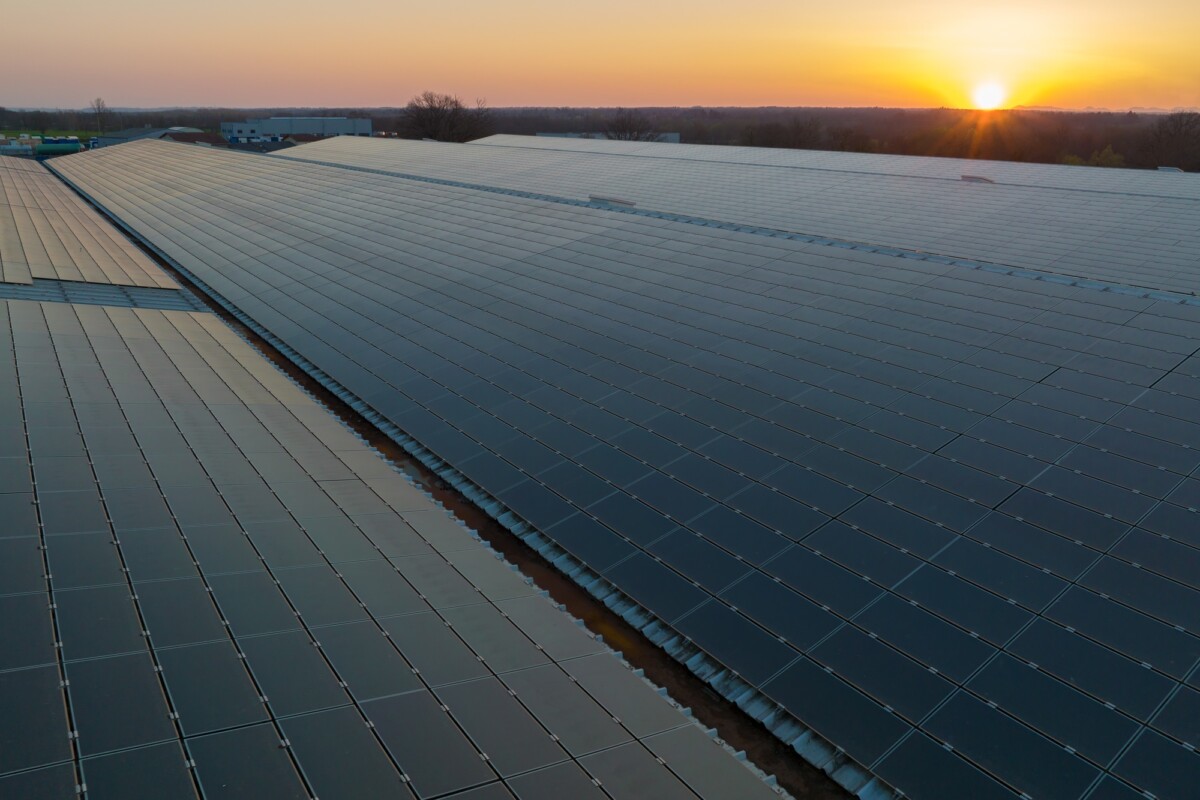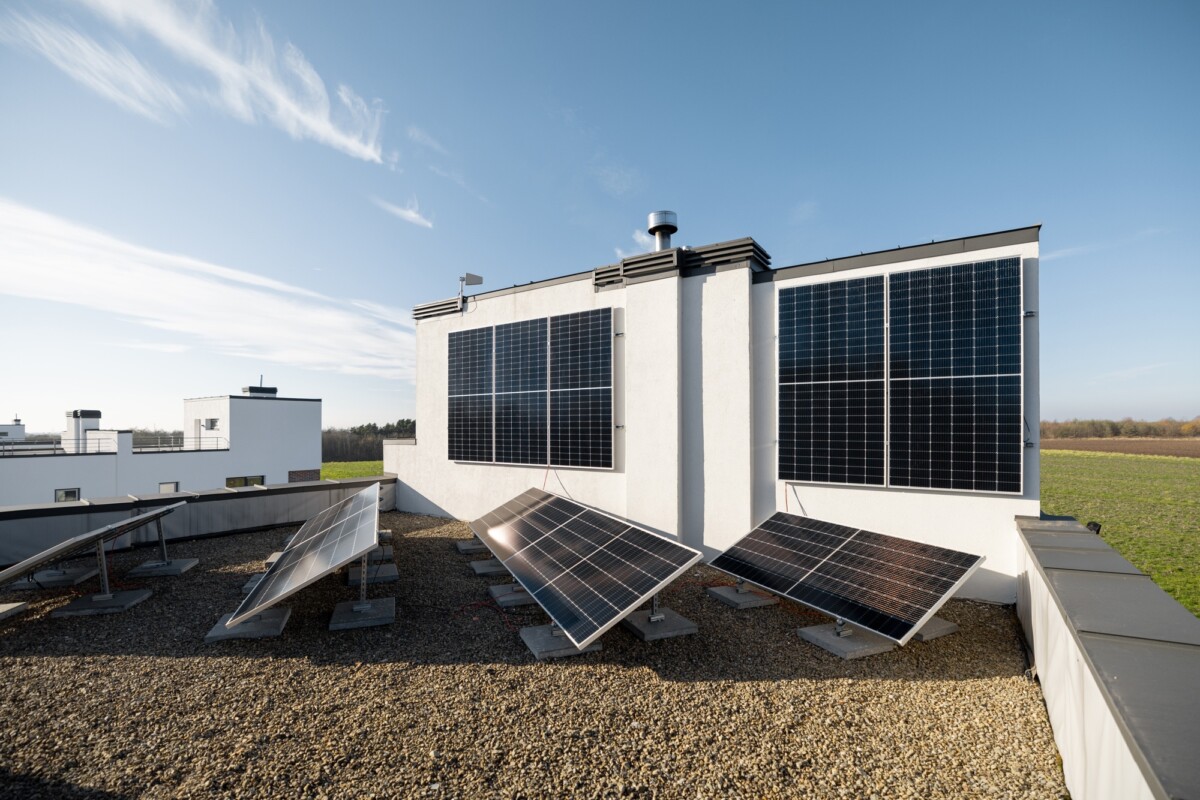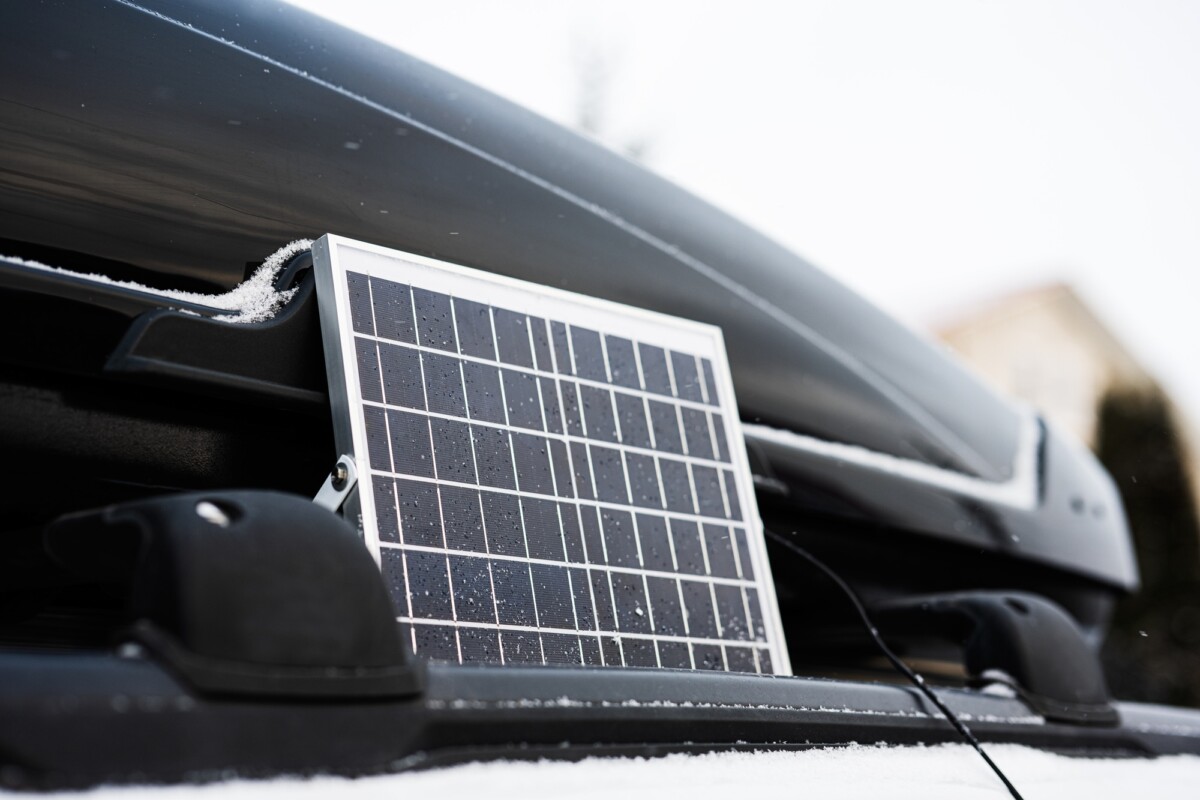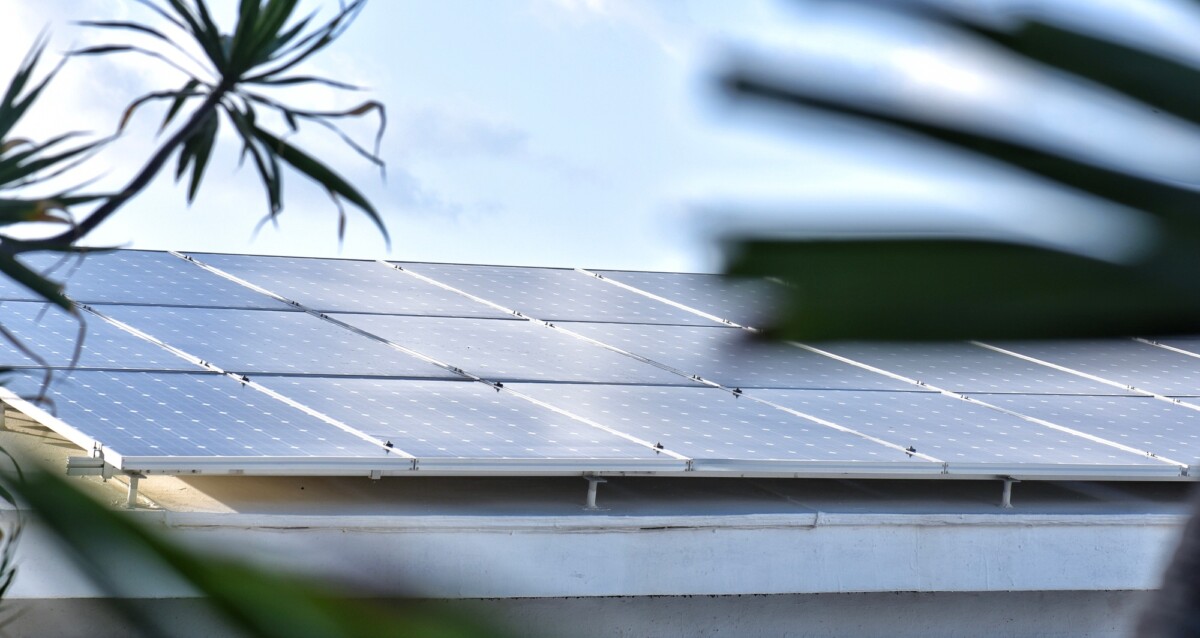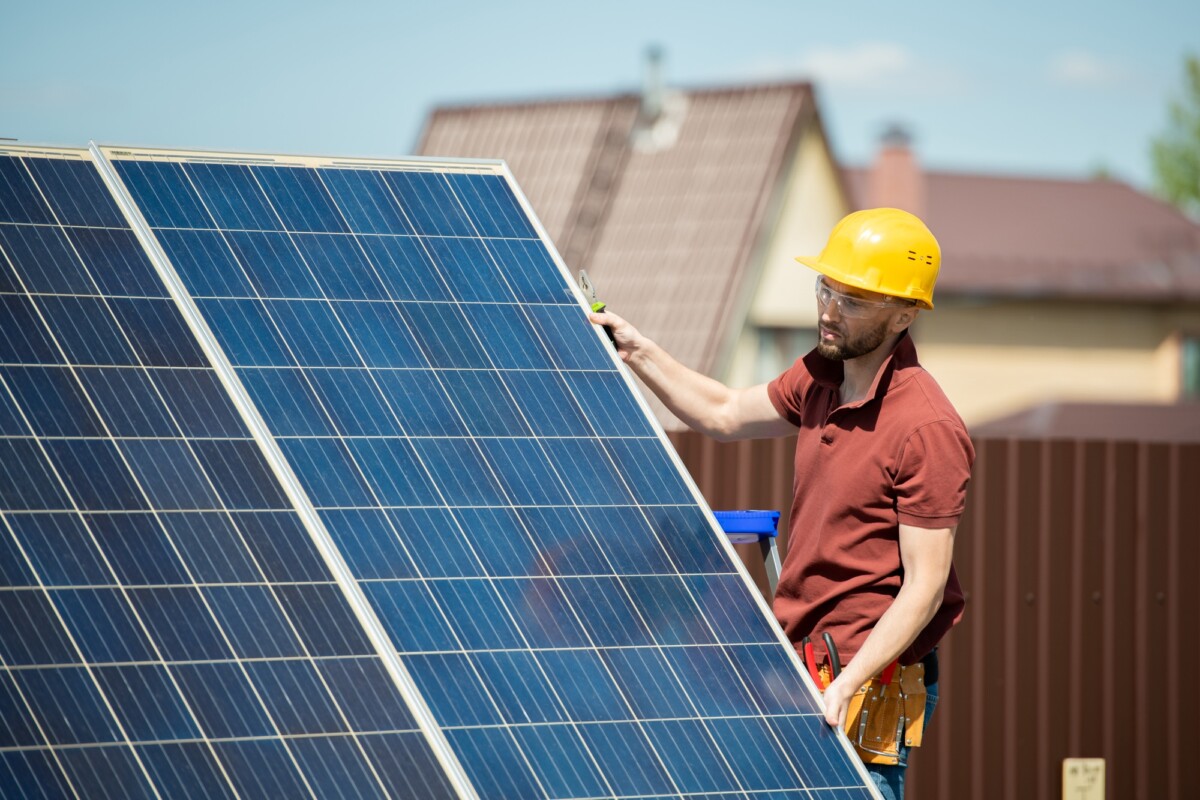Solar panels have become an increasingly popular renewable energy source in recent years. As technology continues to improve, so do the types of solar panels available to consumers. One of the latest developments in solar panel technology is the duplex solar panel. Here’s a complete guide about duplex solar panels, from what they are and how they function to the advantages they offer.
What are Duplex Solar Panels?
Duplex solar panels are a new type of solar panel that incorporates monocrystalline and polycrystalline solar cells. The term “duplex” refers to the two different types of solar cells used in the panel. The great efficiency of monocrystalline solar cells can be attributed to their use of a single silicon crystal in their construction. In contrast, polycrystalline solar cells are made from multiple silicon crystals and are known for their lower cost.
How Do Duplex Solar Panels Work?
Duplex solar panels work by converting sunlight into electricity. Direct current (DC) power is generated when sunlight is absorbed by solar cells within a solar panel. This direct current (DC) electricity is fed through an inverter, transforming it into usable alternating current (AC) electricity for usage in homes and businesses.
Using both monocrystalline and polycrystalline solar cells in duplex solar panels allows for higher efficiency than using only one type of solar cell. The monocrystalline solar cells are placed on the panel’s top layer, allowing them to absorb most of the sunlight. The polycrystalline solar cells are placed on the panel’s bottom layer, allowing them to absorb any remaining sunlight that the monocrystalline cells did not absorb.
To better understand the various kinds of solar panels, refer to our guide.
Benefits of Duplex Solar Panels:
- Higher Efficiency: Using monocrystalline and polycrystalline solar cells in duplex solar panels results in higher efficiency than using only one type of solar cell. This means that more sunlight is converted into electricity, which can help reduce energy costs.
- Lower Cost: Duplex solar panels are more cost-effective than using only monocrystalline solar panels. This is because polycrystalline solar cells are less expensive to produce than monocrystalline solar cells.
- Better Performance in Low-Light Conditions: Duplex solar panels perform better in low-light conditions than monocrystalline solar panels. This is because polycrystalline solar cells can absorb more sunlight in these conditions than monocrystalline solar cells.
- Longer Lifespan: Duplex solar panels have a longer lifespan than monocrystalline solar panels. This is because using monocrystalline and polycrystalline solar cells helps distribute the energy absorption across the entire panel, reducing the stress on individual solar cells.
- More Environmentally Friendly: The use of duplex solar panels can help reduce carbon emissions and other pollutants associated with traditional forms of energy. This is because solar energy is a clean and renewable energy source.
Applications of Duplex Solar Panels:
Duplex solar panels can be used for various residential, commercial, and industrial applications. It is possible to use them to provide electricity for neighborhoods and individual buildings. They can also be used for off-grid applications, such as in remote areas or in emergency situations.

Challenges and future developments:
Challenges:
Despite their many benefits, duplex solar panels also face some challenges. One of the main challenges is that using two different types of solar cells can make the manufacturing process more complicated, which can increase the cost of production. Another challenge is that duplex solar panels may not be suitable for all types of installations due to their size and weight. Additionally, the performance of duplex solar panels can vary depending on the specific design of the panel and the conditions under which it is installed.
Future Developments:
With the increasing need for renewable energy sources comes the inevitable improvement of solar panel technology, particularly duplex solar panels. One area of development is using new materials for solar cells, such as perovskite, which has shown promise for its high efficiency and low cost. Smart technology, such as sensors and monitoring systems, is also being developed to improve solar panels’ efficiency and performance.
There is also ongoing research to improve duplex solar panels’ manufacturing process and reduce their production cost. This includes the development of new methods for producing and assembling solar cells, as well as the use of automation and robotics to streamline the manufacturing process.
Furthermore, there is a growing trend toward integrating solar panels into building design. This includes using solar panels as building materials, such as solar roof tiles or solar windows, which can help reduce the overall cost and increase the aesthetic appeal of solar panels.
Conclusion:
Duplex solar panels are a promising form of solar panel technology that offers a range of benefits, including higher efficiency, lower cost, and better performance in low-light conditions. However, they also face challenges related to their manufacturing process and installation. As technology continues to improve, we can expect to see continued developments in the field of solar panel technology, including the use of new materials, smart technology, and integration into building design. These developments have the potential to make solar energy more accessible and affordable for everyone, helping to create a cleaner, more sustainable future.
Looking to power your home with the energy of the future? Our team at freesolarpowerquotes.com is ready to help you switch to solar power! Contact us today to receive your personalized quote and start enjoying the benefits of clean, sustainable energy.
FAQS
What is a duplex solar panel?
A duplex solar panel is a type of solar panel that uses two different types of solar cells, typically monocrystalline and thin-film, to increase efficiency and improve performance in low-light conditions.
How does a duplex solar panel work?
A duplex solar panel combines the strengths of two types of solar cells. Monocrystalline cells are more efficient in direct sunlight, while thin-film cells perform better in low-light conditions.
What are the benefits of using a duplex solar panel?
The benefits of using a duplex solar panel include the following:
- Higher efficiency.
- Better performance in low-light conditions.
- Lower cost than other high-efficiency solar panels.
Are duplex solar panels more expensive than other types of solar panels?
Duplex solar panels can be more expensive to manufacture due to using two different types of solar cells, but they are typically less expensive than other high-efficiency solar panels.
How do I install a duplex solar panel?
Installation of a duplex solar panel is similar to other types of solar panels. They create DC power that is converted to AC power by an inverter and used inside a building or roof.
Are duplex solar panels suitable for all types of installations?
Although duplex solar panels are sometimes larger and heavier than conventional ones, they may not be appropriate for some sites.
Can duplex solar panels be used off-grid?
Yes, duplex solar panels can be used off-grid, but it is important to size the system correctly to meet your energy needs.
What is the lifespan of a duplex solar panel?
The lifespan of a duplex solar panel is typically around 25 years or more, but this can vary depending on the specific panel and installation.
How do I maintain my duplex solar panel?
Duplex solar panels require very little maintenance beyond regular cleaning to remove dirt and debris that can reduce efficiency. Inspecting the panels regularly for damage or wear and tear is also important.
Are duplex solar panels a good investment?
Duplex solar panels can be a good investment for those looking for a high-efficiency solar panel that offers better performance in low-light conditions. They can help to reduce your energy bills and lower your carbon footprint.
What is Birds Eye Energy Technologies?
Birds Eye Energy Technologies is a company that develops and implements innovative technologies to generate, store, and distribute energy more sustainably and efficiently. They focus on renewable energy systems and smart energy management solutions that help reduce energy consumption and carbon emissions.
What kind of technologies does Birds Eye Energy Technologies use?
Birds Eye Energy Technologies uses various technologies to achieve its mission of providing sustainable energy solutions. These include renewable energy systems such as solar, wind, hydroelectric, geothermal, and biomass and energy storage solutions like batteries and smart grids. They also utilize advanced analytics, artificial intelligence, and machine learning to optimize energy consumption and reduce waste.
Can solar panels be installed on a duplex?
Yes, solar panels can be installed on a duplex, just like they can be installed on any other type of residential or commercial building.
Are double-sided solar panels worth it?
Yes, double-sided solar panels can be worth it, as they can increase energy output by capturing both direct and reflected sunlight. However, they may be more expensive and may not be the best option for all solar energy needs.
Can you have two separate solar systems?
Yes, it is possible to have two separate solar systems, such as on two different buildings or two different sections of the same building. However, each system would need its own components, including solar panels, inverters, and batteries, and they would not be able to share energy output or storage.


